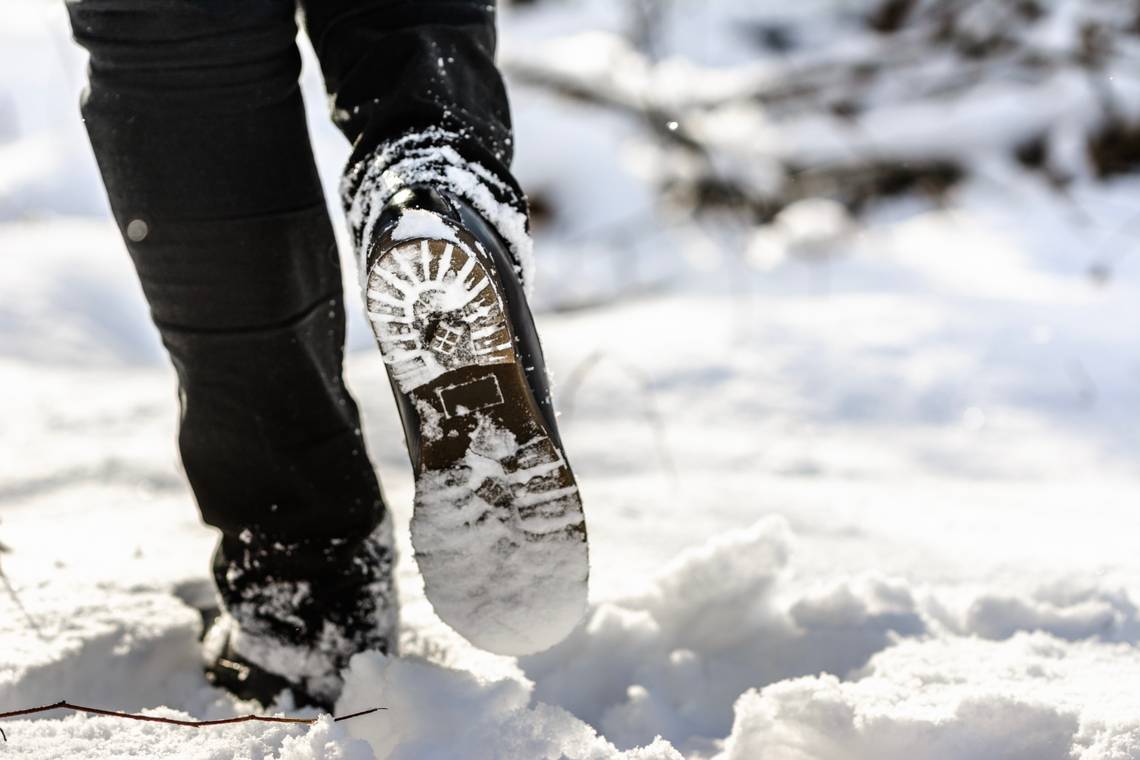Just as Maine rescuers were “hanging the ropes and gear to dry” following an event from earlier in the day, an emergency call came in.
A hiker was stranded “in the remote Bigelow Mountain Range along the Appalachian Trail,” Franklin Search and Rescue said in an April 22 Facebook post.
In such frigid weather, it was only a matter of time before hypothermia set in; for rescuers, it was a “race against time.”
Rescuers, along with wardens from the Maine Department of Inland Fisheries & Wildlife, met at about 11 p.m. Saturday, April 20, and “began the long, arduous hike in to locate the stranded hiker.”
While braving “freezing temperatures, gusty winds and soft deep snow,” rescuers said they found the hiker “well past the summit of Little Bigelow.”
“Rescuers brought warm, dry clothing along to get the hiker out of his soaking wet gear,” rescuer said.
With food, water and warmth, the hiker regained some strength and was able to make his way back down the mountains alongside rescuers.
The hiker and group of rescuers trekked overnight, reaching the trailhead at 7 a.m. the following day.
Rescuers warned that “springtime in Maine can often be deceiving.”
“Warmer day temperatures are often accompanied by freezing nighttime temps,” rescuers said, adding that snow lingers at higher elevations through early June.
Those “heading into Maine’s wilderness” should be prepared by considering their gear, as well as by having a plan, rescuers said.
“Always have some means of communicating even in areas with spotty or no cell service,” rescuers said.
The Appalachian Trail, considered a strenuous trek, “traverses the seven peaks of the Bigelow Mountain range along 17.6 miles of this National Scenic Trail,” according to the state’s website.
“This classic ridge walk includes significant elevation gain and loss,” the website says.
What to do if you get stranded in cold weather
When the body is exposed to prolonged cold temperatures, it starts to lose heat faster than it can produce it, according to the Centers for Disease Control and Prevention.
“Prolonged exposure to cold will eventually use up your body’s stored energy,” the CDC said. “The result is hypothermia, or abnormally low body temperature.”
Low body temperatures can impact the brain and cause people to be unable to move or think clearly. However, the National Weather Service said there are ways to help you stay safe.
If you’re outside in cold weather, find shelter and stay dry. Cover every part of your body that’s exposed to the cold air.
If there’s nowhere to go nearby, build a windbreak or snow cave for protection. You should also continue to move your body to keep blood circulating, but don’t overexert yourself, officials said.
If you get trapped in a vehicle during a storm, officials said you should stay inside it and stay visible to rescuers.
“Run the motor about 10 minutes each hour for heat,” the National Weather Service said. “While running the motor, open the window a little for fresh air to avoid carbon monoxide poisoning. Clear snow from the exhaust pipe to avoid gas poisoning.”
16 hikers spend frigid night awaiting rescue after sending SOS, Oregon cops say
70-year-old hiking with family stops for photos and gets lost overnight, CA cops say
Woman missing for weeks may be in Arizona park, family says. ‘We are devastated’
